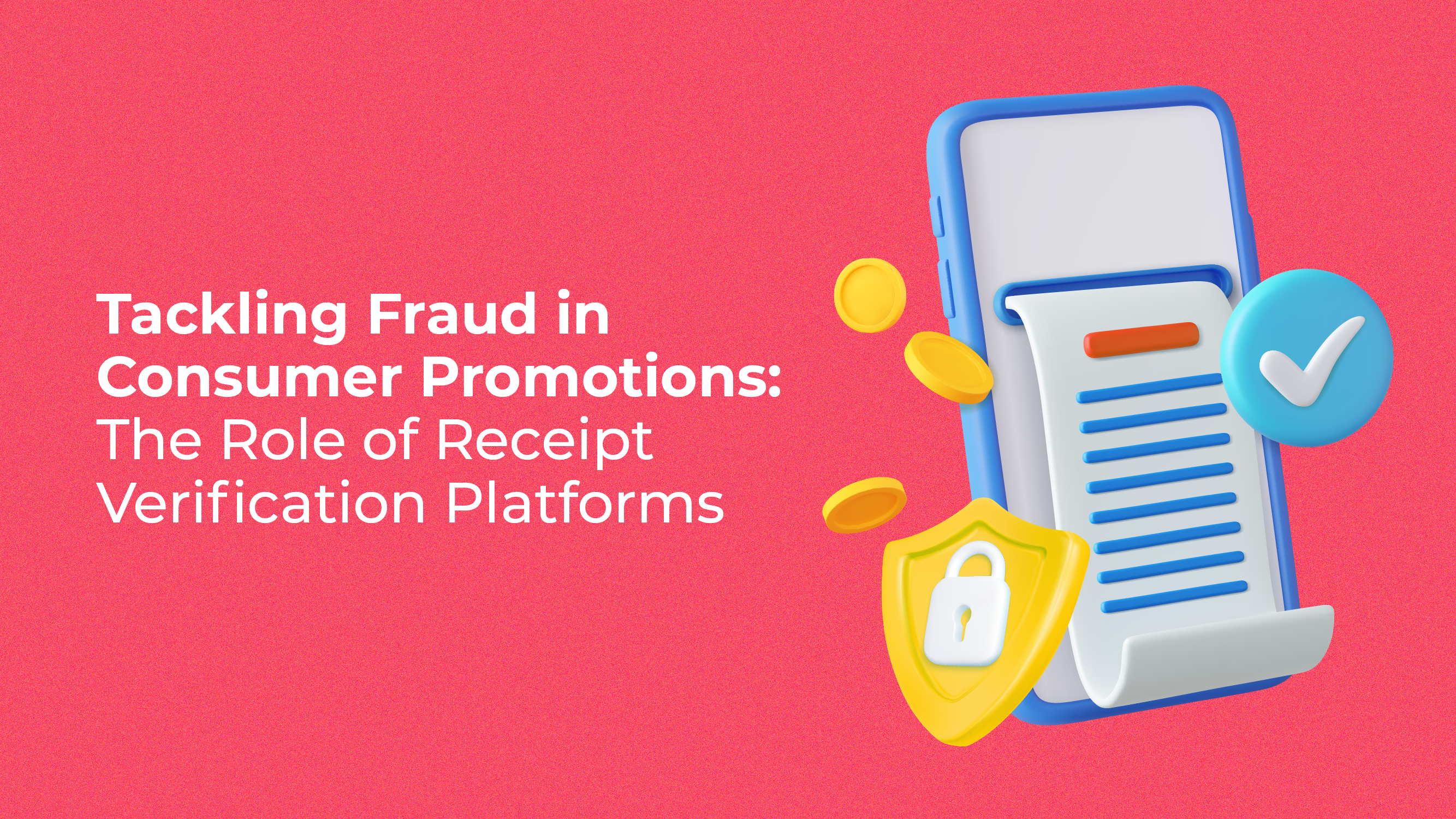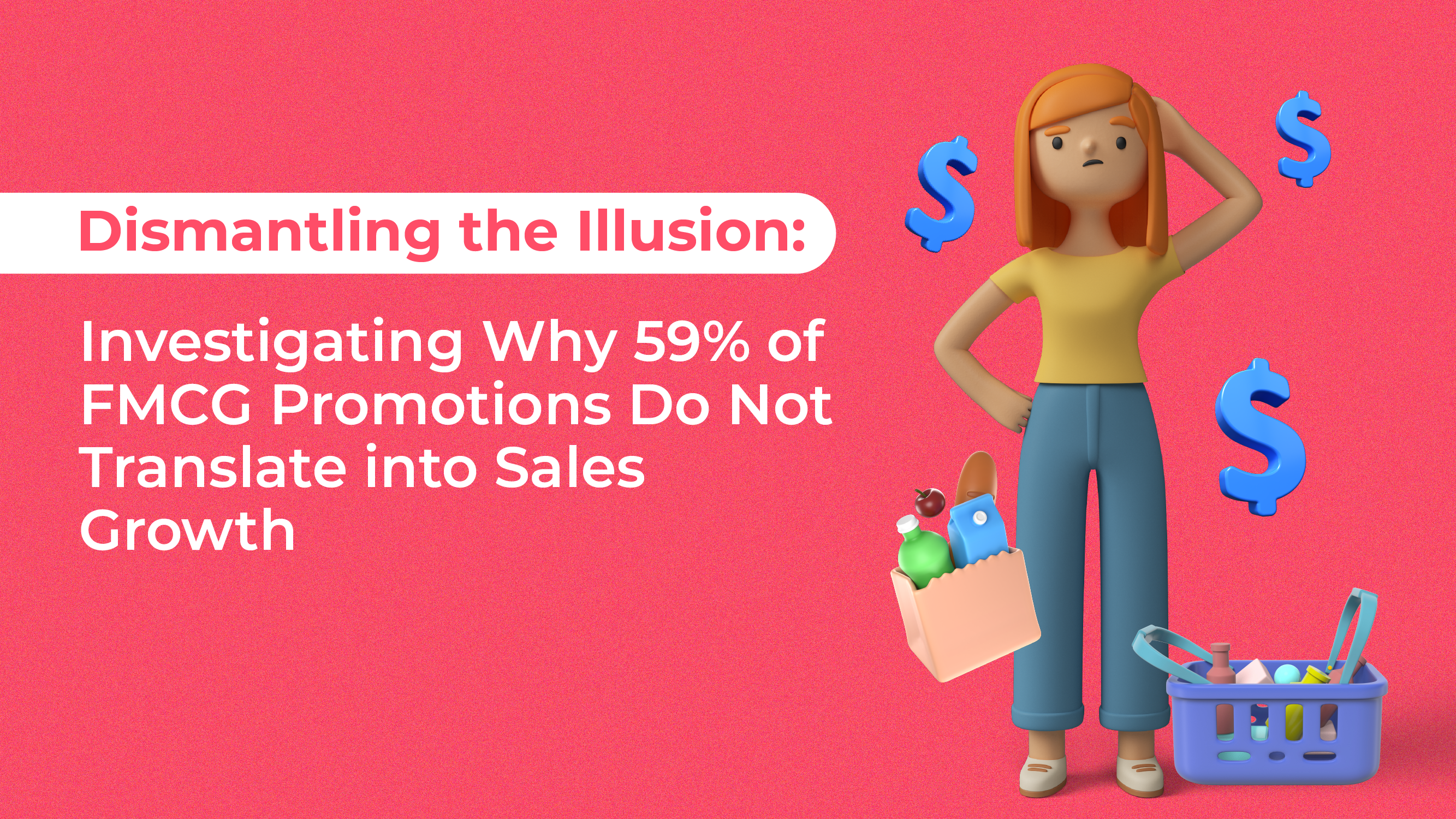There’s many rewards to be reaped from running a company. For instance, as the boss you get to decide on the kind of company culture that you want to shape.
Great employers and leaders usually take pride in creating a positive and nurturing environment for their employees – one where both employer and employees grow and mature together and benefit from one another as the company grows.
As an entrepreneur and employer myself I take great pride in having formed an encouraging and constructive setting for my team.
Having been in business for 3 years now, I’ve had my fair share of working with wonderful and loyal employees. Albeit this, I’ve also had to deal with employees that I would term as ‘toxic’, and needless to say toxic employees are never pleasant to manage.
The sad truth is that toxic employees run the risk of ruining your company culture. All it takes is one unhappy employee to spread their toxicity and create ‘groupthink’ among your team – imposing their negative thinking onto other staff and causing insecurity.
Thankfully there are several things that you can do to save your company culture and prevent your team from being affected by a toxic employee.
Here are 4 ways to do just that, and these methods have worked very well for myself and my staff. [restrict]
1. Laying The Ground Rules
As an employer, it’s important to draw up the company culture that you envision and reinforce this among your staff.
If you have a new employee, introduce them to your company culture. Let them know the workings of your team – how your team functions, your expectations for the team and the company, the importance of upholding professionalism, your north star et cetera.
One thing that I do every week is to remind my employees that my door is always opened for a chat, whether it be them contributing new ideas for business growth to simply confiding with me any issues that they are faced with.
This allows for trust to be built between and my employees and doing this has definitely decreased the rate of unhappy and dissatisfied staff.
2. On-the-job Evaluations
Carrying out on-the-job evaluations can be a crucial step in preventing the development of a toxic company culture.
Providing feedback on the spot allows employees to quickly correct and learn from mistakes. It’s good to also demonstrate how their mistakes are equally a learning curve for yourself. Reprimanding your employees will only worsen any negative feelings that they may have towards you or your company.
At the same time, it’s important to evaluate your employee’s actions and compare this to undesirable repercussions.
For example, if you realise that your employee constantly sides with negative feedback from customers without offering solutions and in turn, this affects your company’s revenues, then you should confront your employee to nip the problem in the bud.
3. Lookout for Red Flag’s and Quarantine It
As an employer sometimes it can be difficult to keep an eagles eye on all your employees, especially when the team is large. But there will always be certain red flags that a toxic employee exhibits that you can be on the lookout for.
Common red flags include:
-
Your employee complaining profusely without offering solutions
-
Disagreeing with your company’s ethics and your suggestions
-
Decrease in your employee’s productivity
-
Asking other employees if they feel negatively about your company
-
Asking other employees if they have plans to quit
-
Taking medical leave frequently or during important meetings and events
-
Constantly pushing their responsibilities to other employees
If you realise that your employee is demonstrating these traits, it’s best to pull them aside immediately for a chat and quarantine the situation. Having a toxic attitude can spread and hurt your company culture.
Find out why they are so unhappy, whether this is in their professional or personal life.
Sometimes, it may be important to trust your intuition if you yourself feel that the atmosphere in your office is tense or negative. Trust me, energy radiates.
4. Look Inward
More than often a toxic employee may not necessarily be naturally negative on their own. Toxicity in the workplace can be like cancer, spreading wildly and rampantly where the end result is death.
Remember that leadership and influence come from the top. So evaluating the culture perpetuated by your top management is important.
I once had to deal with a very negative and demotivated employee. I sat her down for a casual chat to understand why she was feeling so. She confided with me that she was constantly feeling overworked, stressed and shockingly bullied due to unrealistic expectations set by another employee, who was her manager.
Admittedly this did put me in a very uncomfortable position. The manager was someone whom I thought I could trust with being a leader. When confronted, he was defensive and irrational, while denying the allegation of harassment.
In situations like these, you may engage with your human resource team to investigate such allegations and if proven true then letting your manager or senior leaders go is really the best option for your team and company overall.
Actionable Takeaway:
Some toxic employees are simply toxic because it’s in their nature to be so. As employers it’s important to remind ourselves that we can’t be constantly held accountable for other’s negative behaviour or mistakes.
What we can do is to remember to compassionate and mindful of the people we work with. And to know deep down that we do try our best everyday in providing the positive culture that we know for our employees for the betterment of not just ourselves but their livelihoods as well.
After all, great vision without great people, is irrelevant.
[/restrict]





